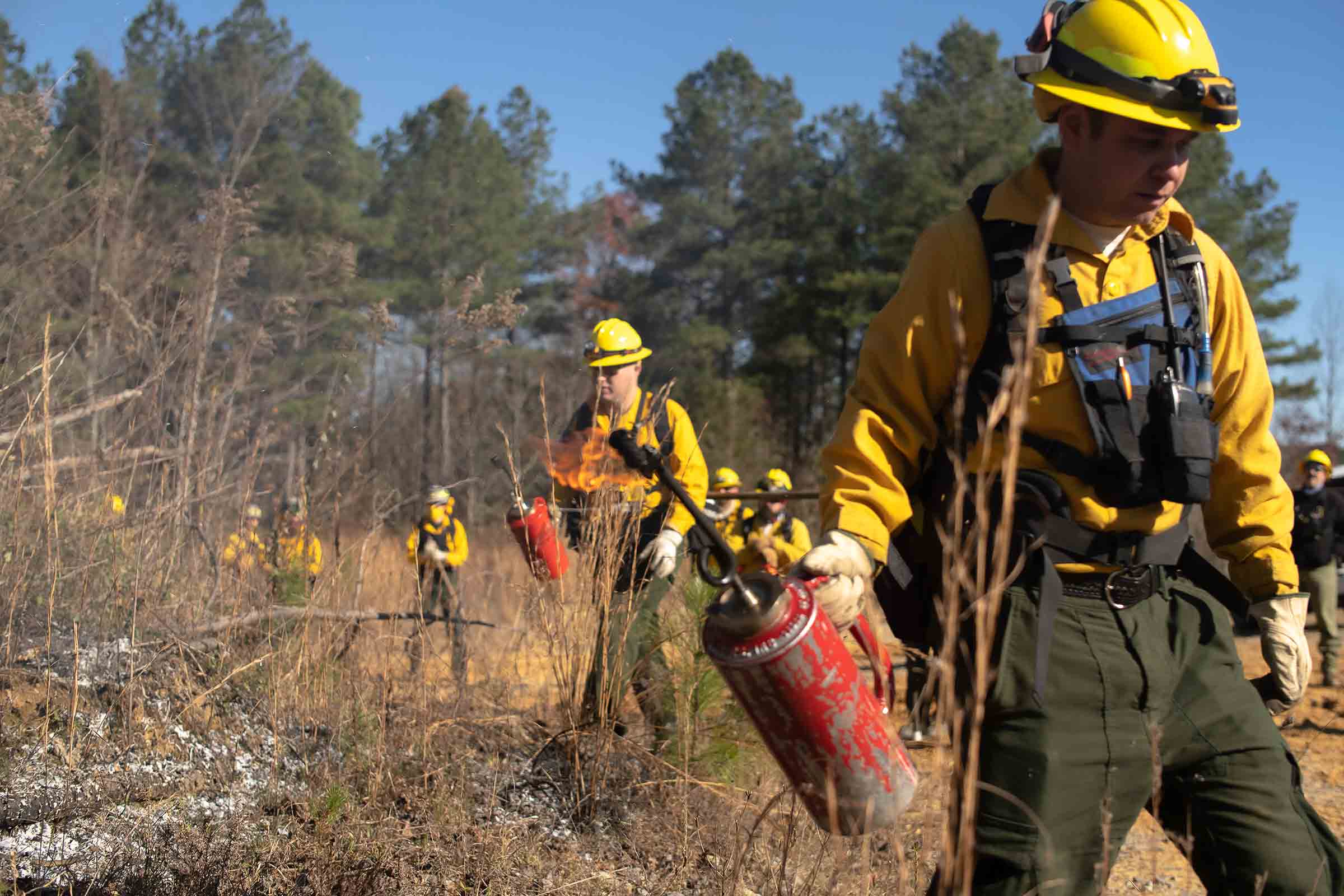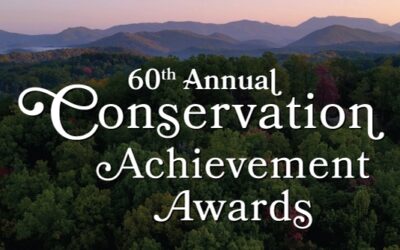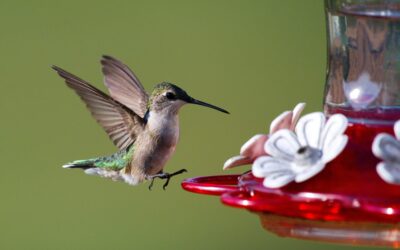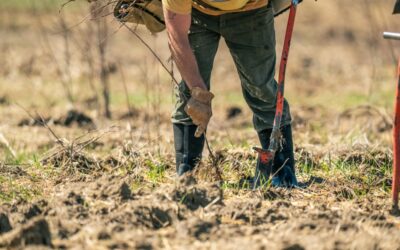Tennessee Department of Environment and Conservation—in partnership with Tennessee Wildlife Federation, Forest Stewards Guild, and the Tennessee Division of Forestry—conducted prescribed burns on more than 1,400 acres at Savage Gulf Natural Area.
>>LEARN MORE: Federation restoring 5,400 Acres of Cumberland Plateau Habitat
The burns will help restore wildlife habitat and enhance shortleaf pine ecosystems across the Cumberland Plateau, a popular destination for outdoor enthusiasts year round.
By the end of 2021, more than 2,000 acres will be burned and more than 90,000 shortleaf pine seedlings planted.
“Prescribed burning helps reduce vegetation that competes with native species like shortleaf pine,” said Chris Roberts, director of conservation. “Burning techniques combined with responsible timber management, tree plantings, and nonnative species removal all work together to restore critical wildlife habitat over time.”
“Prescribed burning helps reduce vegetation that competes with native species like shortleaf pine,” said Chris Roberts, director of conservation.
Before prescribed burning activities can safely begin, weather conditions have to be measured.
“Wind, temperature, and humidity have to be just right,” said Chris.
This multi-year effort is funded in part by the National Fish and Wildlife Foundation and Lyndhurst Foundation and is just one of many restoration projects taking place across the state.
To date, the Federation has planted more than 380,000 trees in Tennessee as part of its habitat conservation work.




